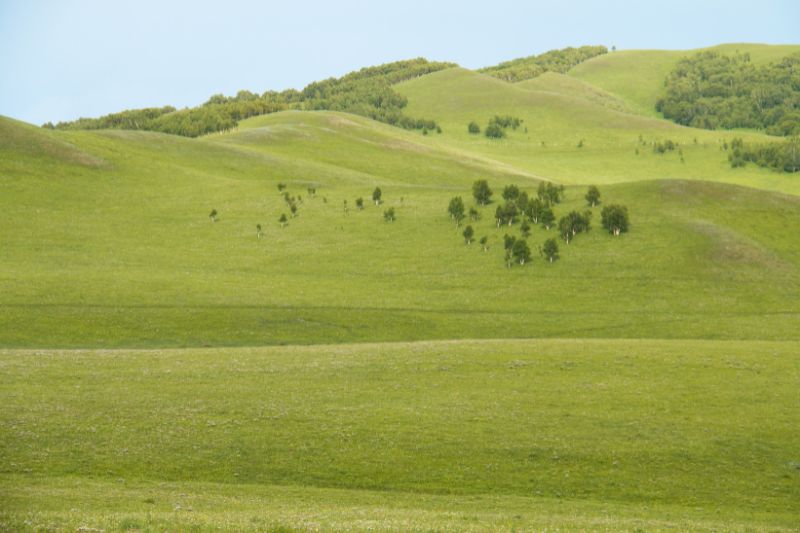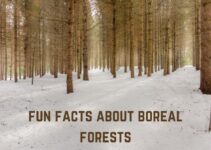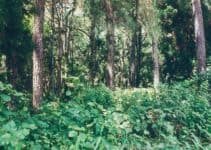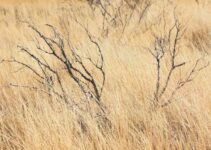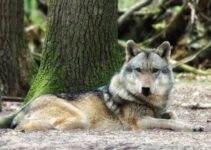Of all the different biomes on Earth, it is the temperate grasslands that you are most likely to encounter regularly or might affect your life.
While there are larger biomes, such as aquatic ones, the temperate grasslands are most closely involved with sustaining human life.
By the end of this article, you will be able to answer the following questions.
- What are temperate grasslands?
- Where are they located?
- What type of climate do they have?
- What kinds of plant life do they support?
- What type of animal life do temperate grasslands have?
- What kind of soil and rainfall do they experience?
- What are the areas of environmental concern for temperate grasslands?
- What types of conservation efforts support temperate grasslands?
Temperate grasslands are one of the most important biomes to understand. They play an important role in our survival and in managing climate change. Let’s dig in for more.
What is a Biome?
Biome is the word used to describe a community of living things. This includes everything from plants to animals. It also puts the community within a geographic location with boundaries and a specific climate pattern. Biomes aren’t created but evolve.
A biome represents the middle stage in the development of an ecosystem. However, it’s important to note that one biome can encompass multiple ecosystems. This understanding is crucial for comprehending how various ecosystems coexist within a biome, contributing to creating a sustainable ecological balance.
What are Temperate Grasslands?
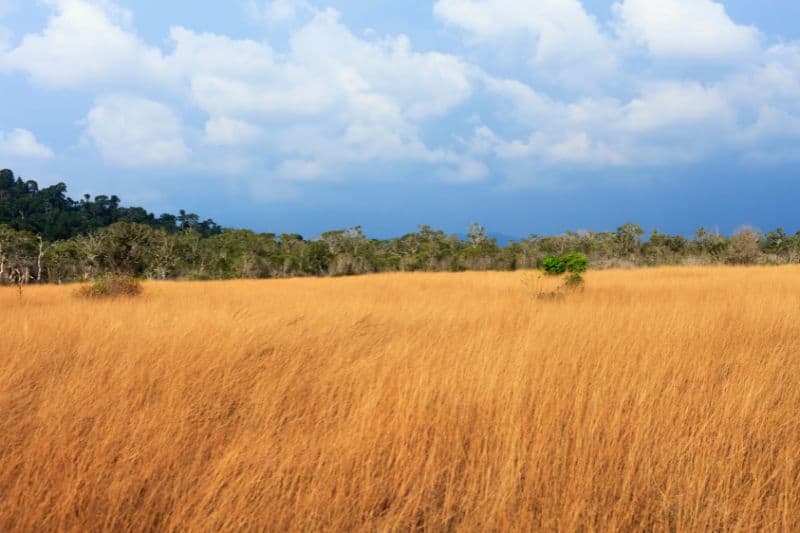
Temperate grasslands are one of the two types of grassland biomes. The other type is tropical grassland.
While both types share features of being bordered by a desert and a forest, having a consistent geological landscape, and possessing exceptionally fertile and deep soil, temperate and tropical grasslands differ significantly from each other.
Generally, temperate grasslands:
- Are located in the Northern Hemisphere.
- Are also called prairies or steppes.
- Have a distinct season pattern of growing and dormancy.
- Can have a wide range of temperatures that occur during the year.
Between both types of grassland biomes, they cover almost 25% of all of the Earth’s landmass. Every continent has a grassland biome except one – Antarctica.
Location
Temperate grasslands are located above the equator on the Northern Continents. One of the largest temperate grasslands was the US prairie land. Of the original prairie land in the country, only about 2% is left. This has caused serious concern among environmentalists and spurred renewed conservation activities.
Plus, it’s worth noting that temperate grasslands can be large or small, and as long as they are bordered by a desert and a forest, they qualify as grasslands.
And apart from the famous US prairie, other famous temperate grasslands include the Russian steppes, veldts of Africa, the pampas of South America (mostly located in Argentina and Uruguay), the steppes of Eurasia, the plains of North America, and the steppes that surround the Gobi desert in Asia.
Therefore, locations of temperate grasslands include:
- Argentina, Uruguay – pampas
- Australia – downs
- Central North America – plains and prairies
- Hungary – puszta
- New Zealand – downs
- Eurasia-Russia, Ukraine-Asia – steppes
- South Africa – veldts
Climate
Temperate grasslands have a mild range of temperatures but distinct seasons. The summers are hot and winters cold. During summers, the temperature can be well over 100 degrees Fahrenheit.
The growing season covers the traditional spring/summer months, and temperatures in this biome vary greatly between summer and winter. Some periods are distinctly hotter during this time, but the overall temperature is conducive to healthy plant growth.
The winter is usually the dormancy season, characterized by a dying out or hibernation of plants until the weather and soil warm in the spring.
The biome receives about 10 – 35 inches of precipitation a year in the late spring and early summer, and much of it falls as snow in the winter.
Temperature
The temperature in temperate grasslands varies greatly depending upon the time of the year, and temperatures vary more from summer to winter. Seasonal temperature variation may be slight in tropical grasslands but varies by as much as 40 °C (72 °F) in temperate grassland areas.
On top of the hot summers and cold winters, temperate grasslands are somewhat drier and colder than tropical grasslands, at least for part of the year.
According to the University of California Museum of Paleontology, summer temperatures can exceed 100 degrees Fahrenheit. In winter, the temperature can drop to -40 degrees Fahrenheit.
Mean temperatures in January range from −18 °C (0 °F) in the North to 10 °C (50 °F) in the south, with corresponding values in July being 18 °C (64 °F) and 28 °C (82 °F). The mean annual temperature in the most northern areas of the North American grassland zone is below 0 °C (32 °F).
Soil and Rainfall
The soil makes the temperate grasslands such an integral part of human society. It is unusually rich, fertile, and deep. The world’s most fertile soil is found in the eastern prairies of the US, the pampas of South America, and the steppes of Ukraine and Russia.
The seasons deliver patterns of rainfall that never hit the extremes of a monsoon, which could wash soil and vegetation away. The mean annual rainfall in the North American grassland areas is 300 to 600 millimetres.
Plants
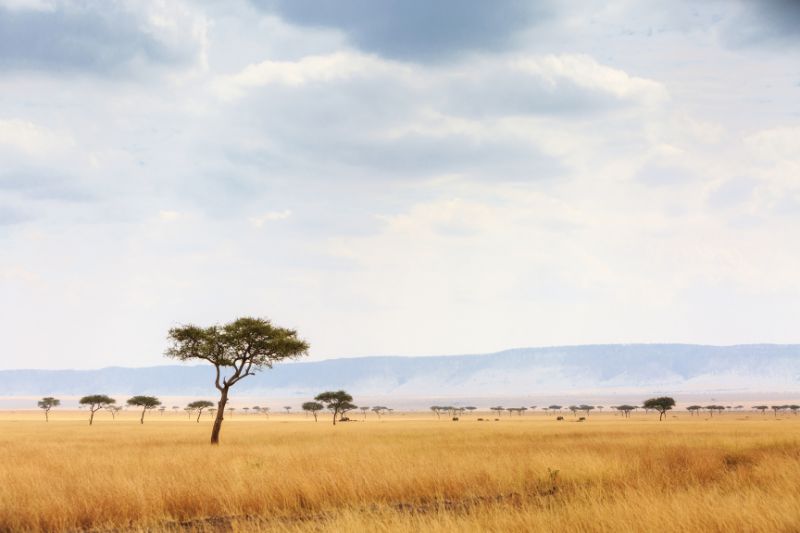
Grasses dominate the temperate grasslands. Trees and large shrubs are rarely found as fires, droughts, and animal grazing prevent trees from becoming established. Nonetheless, there’s a large variety of plants that grow on temperate grasslands.
These include:
- Low and mid-range grass types
- Small succulents and ground shrubs
- Small trees
- Grains
The expanses of grass in North America and Eurasia once sustained migrations of large vertebrates such as buffalo (Bubalusbubalis), saiga (Saigatatarica), and Tibetan antelopes (Pantholopshodgsoni) and kiang (Equushemionus). At present, that occurs only in isolated pockets, primarily in the Daurian Steppe and Tibetan Plateau.
Each different species of grass grows best in a particular grassland environment depending on the temperature, rainfall, and soil conditions.
The various species of grasses include:
- Blue grama
- Galleta
- Blue-eyed grass
- Purple needlegrass
- Buffalo grass
- Ryegrass
- Foxtail
However, you can find a few trees other than grass growing in temperate grassland biome in river valleys and some nonwoody plants, specifically a few hundred species of flowers.
These species include:
- Cottonwoods
- Oaks
- Cattail plants
- Cacti
- Sagebrush
- Willows
Examples of flowers are:
- Asters,
- Blazing stars
- Coneflowers
- Goldenrods
- Sunflowers
- Clovers
- Psoraleas
- Wild indigos
Animals
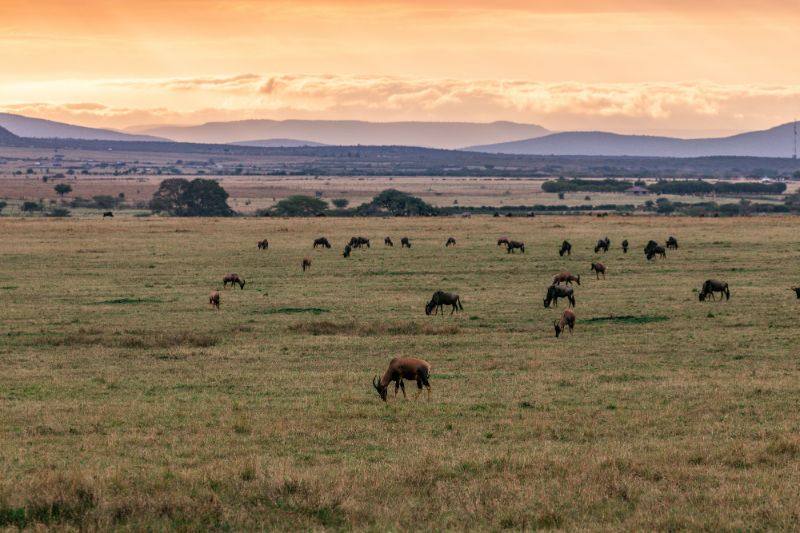
The wide expanses, rich plant growth, and adequate rainfall features of the temperate grasses make it ideal for herd-based animals.
These include:
- Bisons
- Gazelles
- Zebras
- Rhinoceros
- Wild horses
The biome is also home to several carnivores like:
- Lions
- Wolves
- Leopards
- Coyotes
- Red-tailed hawks
- Owls
- Opossums
These carnivores rely on small and large animals living in the area for food.
Of course, the inclusivity goes beyond herbivores and carnivores. The biome also encompasses omnivores.
Examples of these animals include:
- Rodents
- Snakes
- Frogs
- Insects
- Fruits
- Roots
Animals like aardvarks feed exclusively on insects, digging termite mounds and ant hills with the help of their large claws and long, sticky tongues. Prairie dogs in temperate grassland biomes commonly feed on flowers, fruits, seeds, grasses, leaves, insects, and eggs.
Other animals of this region include deer, prairie dogs, mice, jackrabbits, skunks, badgers, blackbirds, grasshoppers, meadowlarks, sparrows, quails, and hawks.
Here is a more detailed list:
- Lions
- Wolves
- Prairie dogs
- Coyotes
- Swift foxes
- Pocket gophers
- Bison
- Gazelles
- Zebras
- Rhinoceroses
- Wild horses
- Jackrabbits
- Deer
- Mice
- Aardvarks
- Skunks
- Rodents
- Armadillos
- Badgers
Birds & Reptiles
- Blackbirds
- Grouses
- Meadowlarks
- Quails
- Sparrows
- Hawks
- Owls
- Snakes
Insects
- Grasshoppers
- Leafhoppers
- Spiders
And with all these animals, there is a delicate balance of predator and prey in this kind of grassland. It is common that the prey-herbivore types, such as Bison, exist in large herds, while predators, such as wolves, operate in small packs.
There is abundant ground life here, with hares and other burrowing animals heavily represented. The avian life features flocks drawn to the seeds of the plants and the small groups of predator birds who hunt them as well.
Prairie animals mostly have coats that mimic surrounding vegetation to camouflage from predators. Predators like the snow leopards develop a creamy white coat to camouflage and catch prey easily.
Areas of Environmental Concerns

Regrettably, the paramount concern regarding temperate grasslands lies in their crucial significance for human survival. As centers of human civilization, they have suffered under the growth of our population.
There wasn’t a great understanding of the balance to keep a biome strong as we increased our farming efforts and cleared the land to build houses and industrial sites.
Overgrazing by livestock is another area of environmental concern. About 47% of the temperate grasslands have disappeared beneath homes, highways, and industrial parks – or have been steadily destroyed by pollution.
Types of Conservation Efforts
One of climate science’s focuses has been understanding the nature of the balance needed to promote a healthy temperate biome. There are several conservation efforts underway today:
- Open spaces are being preserved more today, and grasslands are a consideration for all development projects.
- Endangered plants and animals have their habitats more vigorously protected.
- Municipalities are working to replant grass and revitalize soil where historical growth has caused harm.
- Climate change policies are addressing industrial and developing habits that have caused harm to the environment.
It is only within the past 30 years that science has begun to create the type of models that can show the historical effect of man and climate change on the grasslands and what may happen in the future.
Our understanding of temperate grasslands’ importance in maintaining life is also very new. With this information, policies and procedures are being changed to protect what is left of the temperate grasslands and to attempt to restore what was lost.
